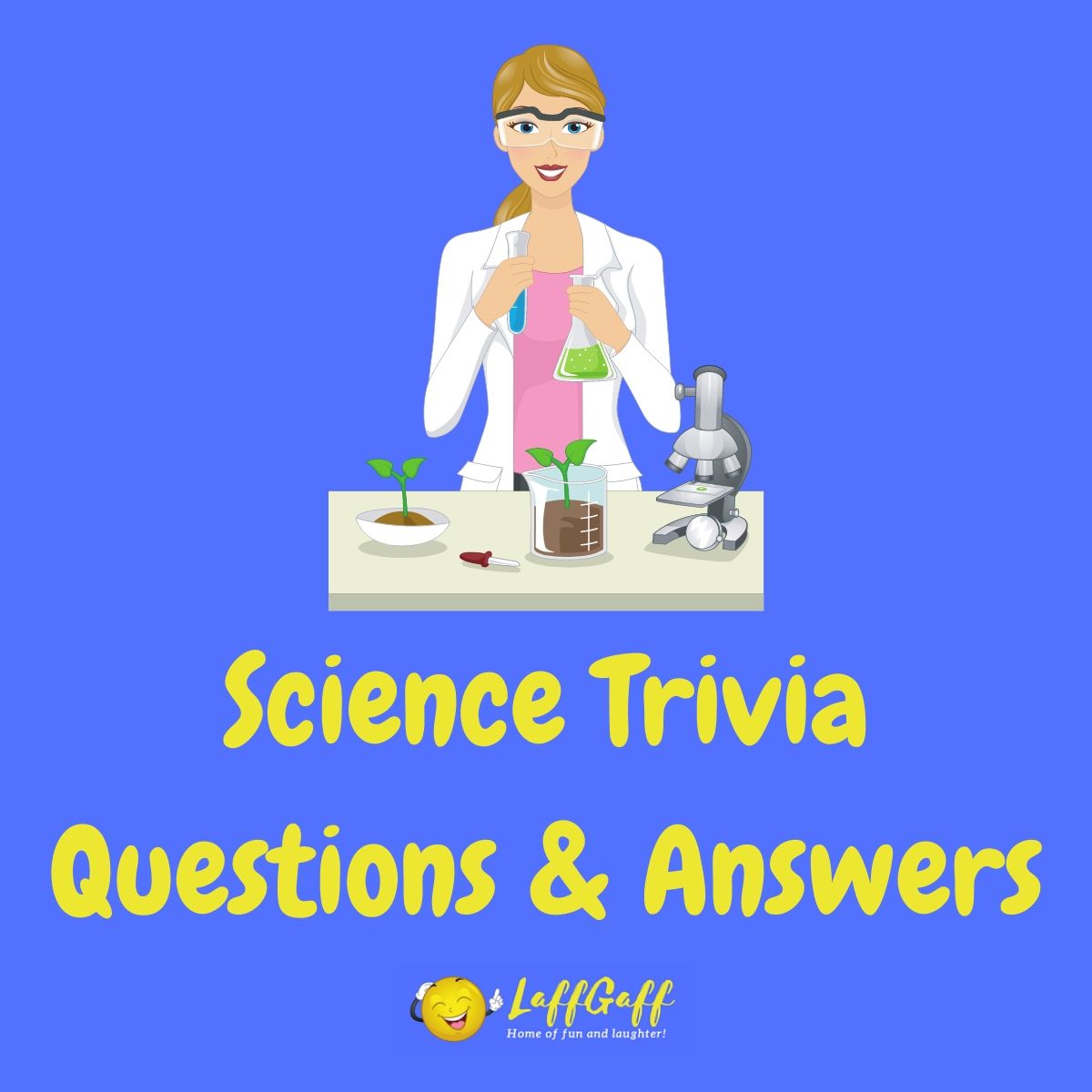Question: Which two planets in our solar system don’t have any moons?
Show answer
Mercury and Venus.
In our solar system, two planets stand out for not having any natural satellites or moons: Mercury and Venus. This absence sets them apart from other planets in the solar system, most of which have multiple moons. Understanding why Mercury and Venus lack moons contributes to our broader knowledge of planetary formation and celestial mechanics.
Mercury, the closest planet to the Sun, is a small, rocky world with a heavily cratered surface reminiscent of Earth’s moon. One of the primary reasons Mercury is moonless is its proximity to the Sun. Being so close, Mercury is within the Sun’s strong gravitational influence. This intense solar gravity makes it challenging for Mercury to capture or retain a natural satellite. Any small celestial body that might have potentially become a moon of Mercury is either pulled into the Sun, captured by the stronger gravitational pull of Venus or Earth, or ejected from the vicinity. Moreover, Mercury’s own gravitational field is relatively weak due to its small size, reducing its ability to capture a moon.
Venus, the second planet from the Sun, is similar in size and composition to Earth but has no natural moon. The reasons behind Venus’s lack of a moon are less clear and are a subject of scientific speculation. One hypothesis suggests that Venus may have once had a moon, formed through a giant impact similar to the theory of Earth’s moon formation. However, subsequent gravitational interactions with the Sun and other planets, especially Earth, could have destabilized the moon’s orbit and led to its loss. Another theory posits that any potential moon-forming material was absorbed by Venus itself or scattered by the Sun’s gravity.
The absence of moons around Mercury and Venus is also linked to their formation and evolutionary history. The early solar system was a chaotic environment with numerous collisions and interactions between celestial bodies. The specific conditions and events that occurred during the formation of Mercury and Venus could have prevented the accumulation of the debris necessary to form moons.



